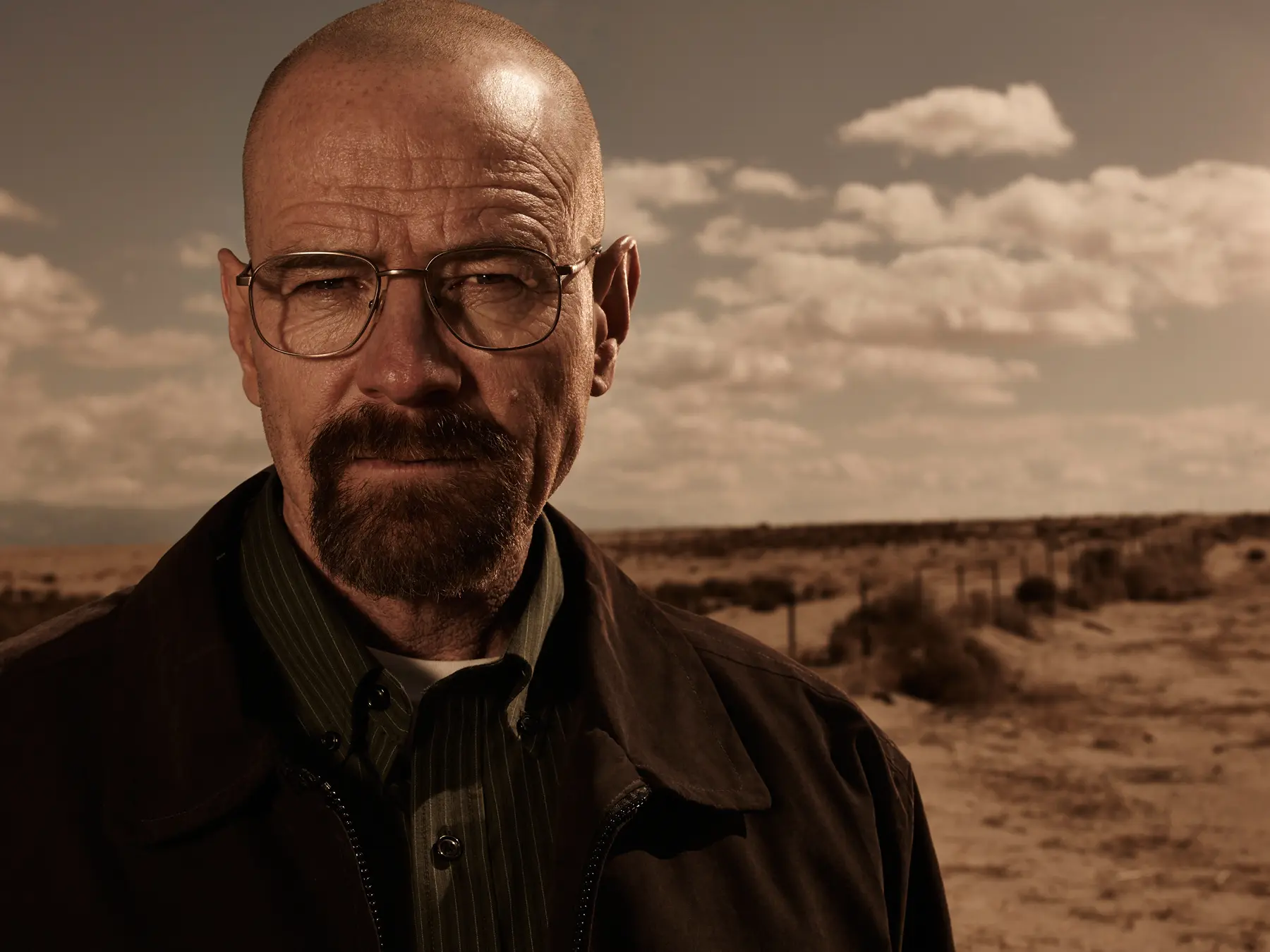
Why Was “Better Call Saul” Filmed in Black and White?
As a true aficionado of the “Breaking Bad” universe, I was immediately captivated when “Better Call Saul” premiered in 2015. However, one aspect of the show’s presentation struck me as unconventional: the extensive use of black and white cinematography.
This stylistic choice raised questions about its purpose and significance. Was it merely an aesthetic decision, or did it serve a deeper narrative function? Curious to delve into the motivations behind this unusual approach, I embarked on a journey of research and analysis.
Black and White: Establishing a Distinctive Identity
In an era dominated by vibrant color palettes, the monochromatic aesthetic of “Better Call Saul” set it apart from conventional television fare. This bold decision signaled the show’s intention to create a unique and immersive experience for viewers.
The black and white imagery effectively established a sense of timelessness, transporting viewers back to the era depicted in the prequel. It evoked a nostalgic and gritty atmosphere, reminiscent of classic films noir.
Developing Character Depth through Contrast
Beyond its aesthetic appeal, the black and white format also played a crucial role in shaping the character development of Jimmy McGill and other key figures.
The absence of color forced viewers to focus on the nuanced performances of the actors, allowing them to delve deeper into the characters’ complex emotions and motivations. The sharp contrasts between light and shadow mirrored the internal struggles and moral ambiguities faced by the characters.
Symbolism and Metaphor
The black and white imagery in “Better Call Saul” was imbued with symbolic and metaphorical significance.
The use of black and white as complementary extremes echoed the duality of human nature and the constant tug-of-war between good and evil that haunted Jimmy McGill. The gradual shift from black and white to color throughout the series served as a visual representation of Jimmy’s transformation into Saul Goodman, highlighting the blurring of moral boundaries.
Lighting and Composition
The cinematographers of “Better Call Saul” skillfully utilized lighting and composition to enhance the black and white aesthetic.
Low-key lighting and chiaroscuro techniques created dramatic and evocative scenes, while careful attention to composition ensured that every shot was visually striking. The absence of color forced the filmmakers to rely on subtle details and textures to convey emotional depth and narrative meaning.
The Evolution of Black and White: Changing with the Story
Throughout the course of “Better Call Saul,” the use of black and white evolved alongside the narrative and character development.
In the early seasons, black and white dominated, establishing the show’s distinct identity and reflecting the moral ambiguity of the characters. However, as Jimmy McGill began his transformation into Saul Goodman, color gradually seeped into the cinematography.
This subtle shift symbolized Jimmy’s descent into darkness and the blurring of moral lines. By the final season, color had become more prevalent, mirroring Jimmy’s complete embrace of his Saul Goodman persona and the consequences of his actions.
Expert Advice: Harnessing the Power of Black and White
The effective use of black and white in “Better Call Saul” offers valuable lessons for filmmakers and storytellers alike.
Consider using black and white to establish a distinctive aesthetic or evoke a specific time period. Embrace the power of contrast to create dramatic and evocative visuals. Experiment with lighting and composition to enhance the emotional impact of your scenes.
FAQ: Unraveling the Mysteries of Black and White
Q: What were the primary reasons for filming “Better Call Saul” in black and white?
A: The black and white aesthetic served to establish a unique identity, develop character depth through contrast, and convey symbolism and metaphor.
Q: How did the use of black and white change as the series progressed?
A: As Jimmy McGill transformed into Saul Goodman, color gradually seeped into the cinematography, symbolizing his descent into darkness and the blurring of moral boundaries.
Q: Why is the use of black and white considered a bold choice in modern television?
A: In an era dominated by vibrant color palettes, the monochromatic aesthetic of “Better Call Saul” sets it apart and signals its intention to create a unique and immersive experience.
Conclusion: Embracing the Art of Black and White
The use of black and white in “Better Call Saul” was not merely a stylistic gimmick but a deliberate and effective narrative tool.
It established a distinctive identity for the show, deepened the development of its characters, and communicated complex themes and metaphors. The evolution of the black and white aesthetic throughout the series paralleled Jimmy McGill’s transformation into Saul Goodman, showcasing the power of this cinematic technique in shaping and enhancing storytelling.
As we leave the world of “Better Call Saul” behind, let us appreciate the brilliance of its creators for embracing the art of black and white and delivering a truly memorable viewing experience.
Are you intrigued by the power of black and white in storytelling? Share your thoughts and insights in the comments below.

Image: comingsoon.net

Image: timeandtidewatches.com
Black and white Mike Ehrmantraut, Breaking Bad, Better Call Saul quote.” Poster for Sale by eneakelo777 | Redbubble Jul 26, 2022At the start of every season, the show opened with a black-and-white flash-forward of Saul Goodman’s post- Breaking Bad life as Gene Takovic, a Cinnabon manager working a mall in Omaha